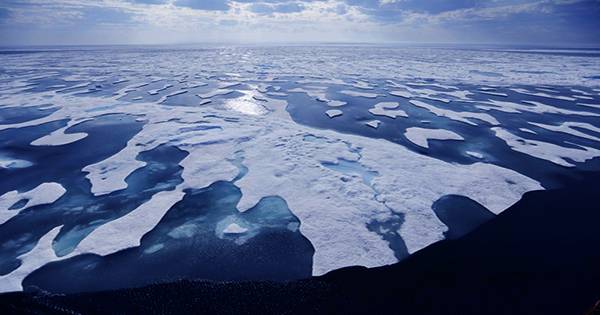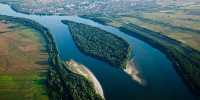St Patrick Bay ice caps had been shrinking rapidly for decades and were missing from images taken on July 14 by the Advanced Spaceborne Thermal Emission and Reflection Radiometer (ASTER). Recent satellite images taken by NASA have revealed some disturbing events in the Arctic, with two ice caps completely melting in Nunavut, Canada. St Patrick Bay IceCaps, located on the Hazen Plateau on the island of Ellesmere, was the subject of a study in the Cryosphere Back Journal in 2017, highlighting the rapid rate at which they were shrinking.
The study compared vertical aerial photographs of ice caps taken over a period of 60 years, revealing that they covered 4.48 sq km (2.6 sq miles) and 2.93 sq km (1.1 sq miles) in 1959, respectively. Each shrink was 5 percent of this size. Mark Serreze, director of the National Snow and Ice Data Center (NSIDC), who wrote the paper, predicted that ice caps could disappear completely within five years, and the latest satellite imagery confirms the validity of this deadly prediction.
Serreze said in a statement, “We have known for a long time that the effects of climate change, especially the Arctic, will be pronounced.” “When I first visited these ice caps, they felt like a permanent view of the landscape. Seeing them die in less than 40 years takes me away. “
St Patrick Bay ice caps are disappearing due to rising global temperatures, largely driven by man-made climate change. It is well documented that the Arctic is melting at twice the speed of the rest of the world. Between 2000 and 2015, the average temperature on the island of Ellesmere increased 1-degree centigrade and it is believed that a significant proportion of recent melting occurred during the particularly warm summer of 2015.
Scientists are now concerned that Murray and Simmons ice caps, which are also on the Hazen Plateau, could soon suffer the same consequences. These two ice caps are slowly melting as they sit higher than St. Patrick’s Bay, yet these and many other ice caps may soon disappear if the Arctic temperature continues to rise.
















